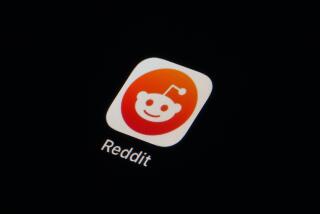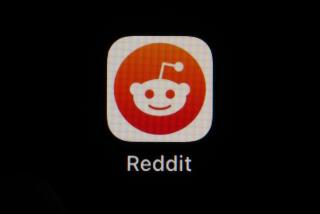How Twitter’s IPO should unfold at the NYSE
NEW YORK -- The New York Stock Exchange has one simple task Thursday: Do not fumble Twitter’s IPO.
But don’t be alarmed if Twitter doesn’t start trading immediately when the market opens. It’s not unusual for hot initial public offerings to briefly sit out trading while the exchange gauges demand and sets an opening price.
“It wouldn’t surprise me if it took 45 minutes” after the opening bell, said David Ethridge, who heads the IPO business at NYSE Euronext. “It wouldn’t surprise me if it took an hour.”
Wall Street and investors will focus on how well the Big Board handles the hottest initial public offering since Facebook’s unfortunate, glitchy debut last year at the NYSE’s arch-rival, the Nasdaq Stock Market.
At stake is not only the NYSE’s reputation but also fragile public confidence in Wall Street’s ability to operate without costly computer breakdowns.
QUIZ: How much do you know about the stock market?
The NYSE touts the role human market makers play on its trading floor, a contrast with the all-electronic Nasdaq.
Barclays won the honor of being Twitter’s designated market maker on Thursday, a spokesman for the British financial giant said. Twitter priced its IPO late Wednesday at $26 a share.
It’s around Barclays’ post on the trading floor where much of Twitter’s IPO will play out before reporters and television cameras.
Trading in Twitter’s newly public stock won’t happen immediately after opening bell.
For the following half hour or more, the Barclays market maker will weigh all the buy and sell orders flooding into the exchange.
More so than the opening bell ceremony, the so-called price discovery process is often fraught with emotion as executives and founders see their business mature into a public company, Ethridge said.
“It’s not as iconic, but that’s where you see grizzled, seasoned executives crying like a little girl,” Ethridge said. “When they see their stock open for the first time, they know they’ve done it.”
It is the Barclays market maker who will decide when Twitter begins trading on the public stock market, and at what opening price. The market maker will factor in overall market sentiment in making the decision.
“Stocks don’t trade [on] valuation when they start their trading life. They trade purely on sentiment,” Ethridge said. “That’s why judgment is so important in getting this right.”
Once Twitter’s stock begins trading on the stock market, underwriters can begin exercising the so-called “greenshoe.”
The stock’s underwriters can buy additional shares to make for orderly trading -- and to make sure the stock doesn’t suffer a major embarrassment by falling below its offering price. Such a fall could alarm new shareholders and feed pressure to sell.
“It’s not about a pop,” Ethridge said. “It’s about maintaining a solid market so you give them a good experience as new owners.”
At the request of Wall Street firms, the NYSE conducted a dress rehearsal for the Twitter IPO on a recent weekend. Trading firms wanted to make sure all systems were working so the offering would go off without a hitch.
“We’ve had lots of high-profile IPOs -- large ones, way bigger than this one,” Ethridge noted, citing Visa and General Motors’ offerings.
And the NYSE wants to make sure Twitter’s IPO runs just as smoothly.
“The company’s going to feel really good about it,” Ethridge said. “The public’s going to feel really good about it. I don’t think there’s going to be any ... exhale around here because this is something we do often and do well.”
ALSO:Domestic airfares drop 3.6% from last year
Wal-Mart mistakenly offers absurd deals on its website
Longer maternity leave in Norway has few long-term benefits, study says
More to Read
Inside the business of entertainment
The Wide Shot brings you news, analysis and insights on everything from streaming wars to production — and what it all means for the future.
You may occasionally receive promotional content from the Los Angeles Times.










